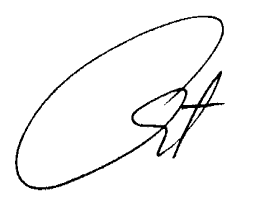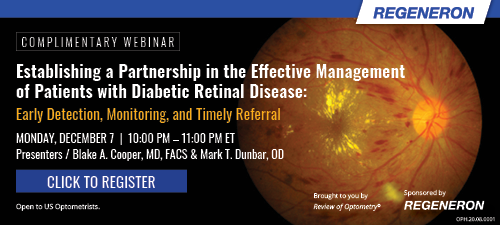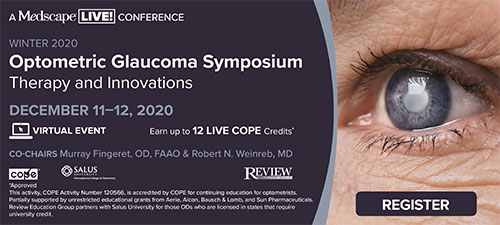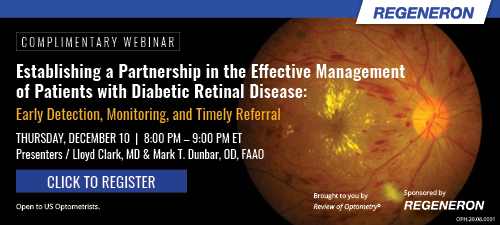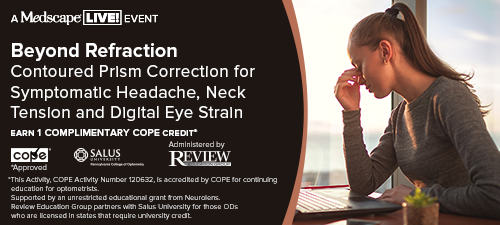
A
weekly e-journal by Art Epstein, OD, FAAO
Off the Cuff: FDA + FTC Does Not = Contact Lens Safety
Because of their inherent risk, the US FDA has classified contact lenses as Class II or Class III medical devices since 1976. While lenses have certainly gotten safer over the years, clinicians know that serious contact lens complications can be devastating. That’s one reason why federal law wisely restricts contact lens sales to be either by or on the order of a licensed practitioner. However, despite the well-recognized risks and the FDA’s own regulations, the agency has largely ignored the clinical reality as well as their responsibility to the public by failing to enforce their own regulations.
|
|||||
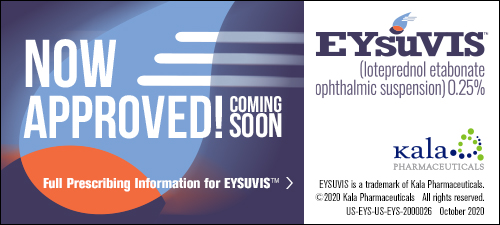 |
||
| Indications for Wear, Visual Outcomes and Complications of Custom Imprint 3D Scanned Scleral Contact Lens Use | ||||
A retrospective review identified all patients fitted with the EyePrintPRO (EPP) scleral contact lens (SCL) between December 2013 and March 2018, to report indications for wear, visual outcomes and complications of use. Baseline demographics, wear indication and contact lens history were determined. Habitual-corrected visual acuity was measured at baseline and follow-up. Adverse wear symptoms and signs, reprinting and device cessation were tracked. Ninety-five eyes from 69 patients were followed for a median of 12.1 months (interquartile range 4.4 to 19.6). Indications for wear included vision improvement and/or ocular surface stabilization in the setting of irregular corneal shape (n=68 eyes, 72%), ocular surface disease (n=17, 18%), exposure keratopathy (n=7, 7%), neurotrophic keratitis (n=5, 5%) and extracorneal topographical abnormalities preventing non-custom lens fitting such as glaucoma drainage devices (n=8, 8%). Median habitual-corrected visual acuity improved from 0.67 to 0.08. One-third of eyes (33.1%) developed adverse wear symptoms. Fifteen of 95 eyes (16%) developed adverse wear signs. Device cessation occurred in 10 eyes (10.5%), and reprinting occurred in 14 eyes (14.7%) unrelated to prior lens wear or indication. In eyes that previously failed SCLs (n=56), 12 eyes required reprinting, and 49 eyes continued use. |
||||
SOURCE: Silverman JIM, Huffman JM, Zimmerman MB, et al. Indications for Wear, Visual Outcomes, and Complications of Custom Imprint 3D Scanned Scleral Contact Lens Use. Cornea. 2020 Nov 25. [Epub ahead of print]. |
||||
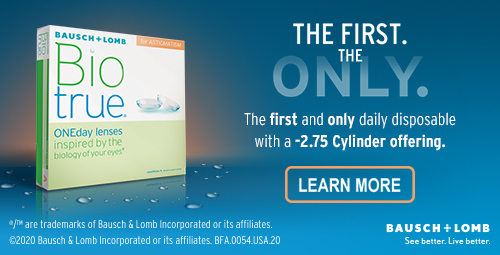 |
||
| Comparative Evaluation of Latanoprostene Bunod, Timolol Maleate and Latanoprost Ophthalmic Solutions to Assess Their Safety and Efficacy in Lowering IOP for the Management of Open-angle Glaucoma | ||||
Timolol maleate has been reported to be a safer intraocular pressure (IOP) lowering treatment than latanoprost. The US FDA approved latanoprostene bunod, a nitric oxide-donating prodrug of latanoprost, for lowering IOP. This study compared the safety and efficacy of latanoprost, latanoprostene bunod and timolol maleate in patients with open-angle glaucoma. Patients who received latanoprost eye drops once daily in the evening were included in the latanoprost ophthalmic solutions (LP) cohort (n=104). Those who received latanoprostene bunod eye drops once daily in the evening were included in the latanoprostene bunod (LB) cohort (n=94). Those who received timolol eye drops twice daily were included in the timolol maleate (TM) cohort (n=115). All treatments were administered to the affected eye(s) for three months. Informed consent was taken from each participant before the trial.
|
||||
| SOURCE: Wang Y, Liao Y, Nie X. Comparative evaluation of Latanoprostene Bunod, Timolol Maleate, and latanoprost Ophthalmic Solutions to assess their safety and efficacy in lowering intraocular pressure for the management of Open-Angle Glaucoma. Clinics (Sao Paulo). 2020 Nov 30;75:e1874. | ||||
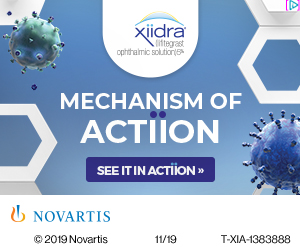 |
||
| Visual Outcomes of Proton Beam Therapy for Choroidal Melanoma at a Single Institute in The Republic of Korea | ||||
Researchers evaluated the ocular effects of proton beam therapy (PBT) at a single institution in Korea, and identified factors contributing to decreasing visual acuity (VA) after PBT. A total of 40 patients who received PBT for choroidal melanoma (2009 to 2016) were reviewed. Dose fractionation was 60 to 70 cobalt gray equivalents (CGEs) over five fractions. Complete ophthalmic examinations including funduscopy and ultrasonography were performed at baseline and at three, six and 12 months after PBT, then annually thereafter. Only patients with at least 12 months follow-up were included. During the follow-up, consecutive best-corrected visual acuity (BCVA) changes were determined, and univariate and multivariate logistic regression analyses were performed to identify predictors for VA loss. The median follow-up duration was 32 months (range: 12 to 82 months). The final BCVA of nine patients was >20/40. The main cause of vision loss was intraocular bleeding, such as neovascular glaucoma or retinal hemorrhage. Vision loss was correlated with the tumor size, tumor distance to the optic disc or fovea, maculae receiving 30 CGEs, optic discs receiving 30 CGEs and retinas receiving 30 CGEs. Approximately one-third of PBT-treated choroidal melanoma patients with good pretreatment BCVA maintained their VA. The patients who finally lost vision (VA |
||||
| SOURCE: Jung SK, Park YH, Shin DH, et al. Visual outcomes of proton beam therapy for choroidal melanoma at a single institute in the Republic of Korea. PLoS One. 2020 Dec 2;15(12):e0242966. | ||||
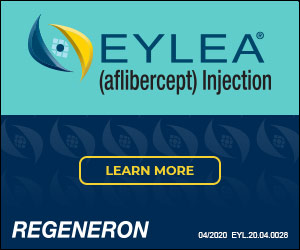 |
||
| News & Notes | ||||||||
Bausch Health Initiates Second Phase III Study for NOV03
|
||||||||
| Oculus Welcomes Tullo Oculus announce that William Tullo, OD, FAAO, joined its team as a medical director in November. In this newly developed role, Dr. Tullo will provide clinical guidance and educate medical eye professionals on Oculus diagnostic devices. He will also work closely with the leadership team to align goals and strategies with the mission and vision of the organization. |
||||||||
| Topcon Announces the US Launch of RDx Topcon Healthcare launched its new Topcon RDx ocular telehealth software platform to the US market. The platform enables practitioners to connect to their offices remotely and conduct comprehensive eye exams in real-time from virtually anywhere. RDx connects to Topcon's CV-5000S digital phoropter, for fully remote refractions. Read more. |
||||||||
| Registration Open for ISVA Virtual Conference Registration is now open for Joining Forces to Enhance Athletic Performance, the 5th Annual International Sports Vision Association conference to be held virtually February 20 to 21, 2021. All presentations will be available on-demand through April 10, 2021. This year’s program will offer up to 14 COPE-approved CE credits and include a diverse offering of educational sessions. Learn more. |
||||||||
| Eyenovia Announces FDA Acceptance of IND for MicroLine Eyenovia announced the FDA accepted its Investigational New Drug application for MicroLine, a proprietary pilocarpine formulation for the improvement in near vision in patients with presbyopia. The company intends to initiate the Phase III VISION program, beginning with the VISION-1 study later this month. Read more. |
||||||||
| Prevent Blindness Declares December Give the Gift of Sight Month Prevent Blindness has declared December Give the Gift of Sight Month, and is asking the public to reflect on the joys of healthy vision by donating to Prevent Blindness. Since 1908, Prevent Blindness has worked to provide services and programs to protect vision in the United States. Donate here. |
||||||||
| Federal Court Enters Preliminary Injunction Against Myco and Choate BlephEx announced a victory in its patent infringement lawsuit against Myco and John Choate concerning the AB Max device. Recently, the United States District Court for the Eastern District of Michigan granted BlephEx’s motion for a preliminary injunction against Myco and Choate. The court entered a preliminary injunction prohibiting both from “selling, distributing, offering to sell or distributing to customers in the United States” the ABMax and/or its swabs until a final judgment is entered in the suit. |
||||||||
|
||||||||
|
||||||||
|
||||||||
|
||||||||
|
||||||||
|
||||||||
|
Optometric Physician™ (OP) newsletter is owned and published by Dr. Arthur Epstein. It is distributed by the Review Group, a Division of Jobson Medical Information LLC (JMI), 19 Campus Boulevard, Newtown Square, PA 19073. HOW TO ADVERTISE |

